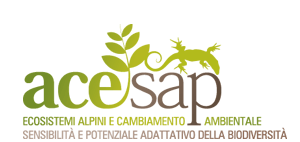| Freshwater invertebrates of northern regions are faced annually with freezing of shallow habitats. Several responses to habitat freezing are possible, including migration to favorable habitats and physiological adaptations such as freeze-avoidance or freeze-tolerance. We thawed sections of frozen stream gravel and identified the live and dead invertebrates present. Chironomidae and Empididae (Diptera) constituted >90% of individuals found in frozen habitats: Empididae showed substantial survival in frozen habitats. We also tested the ability of Alaskan stream invertebrates to survive in habitats that freeze. In a series of laboratory experiments we showed that most taxa found in Alaskan streams do not have the ability to survive even moderately subzero temperatures (e.g., −1.0 °C). When faced with an advancing freezing front, these taxa actively moved away. We suggest that most aquatic invertebrate taxa survive winter by either migrating away from a freezing front or remaining in habitats that do not freeze. Chironomidae and Empididae, however, can overwinter in frozen habitat, and Empididae show high survival upon thawing of frozen stream gravels. Predicted changes in temperature and precipitation patterns at these latitudes due to global climate warming may have effects on the availability of overwintering habitat for stream invertebrates that result in changes in the structure and function of high-latitude stream ecosystems. |






